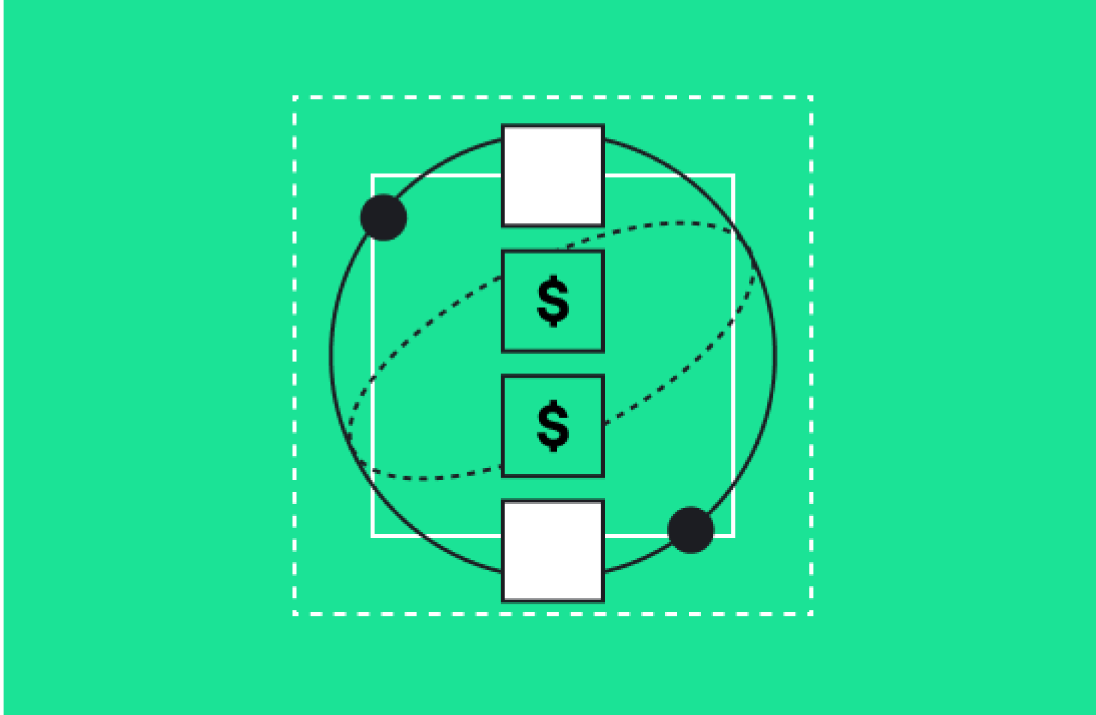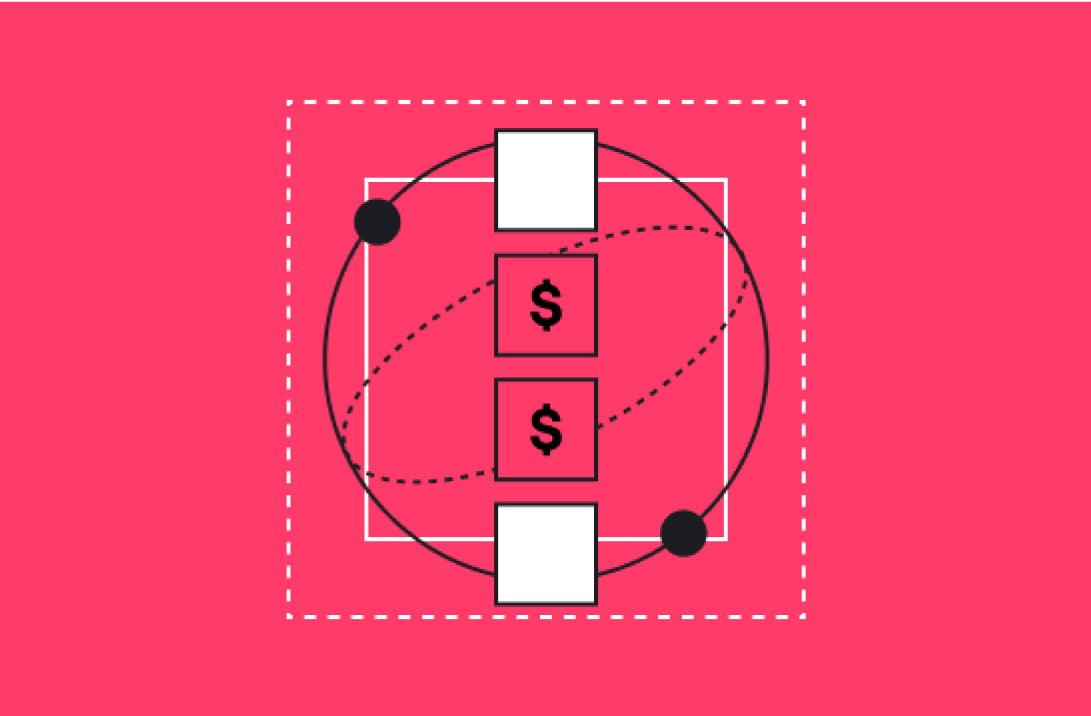When it comes to form-building tools, Typeform is known for its sleek interface and user engagement. But with HubSpot custom integrations evolving rapidly—especially with features like Dynamic Forms and Conditional Logic—many businesses are rethinking their stack. HubSpot now enables custom HubSpot integrations that support multi-step forms, personalized logic, and native CRM automation. For teams already using HubSpot or considering migration, these capabilities eliminate the need for standalone form builders like Typeform.
HubSpot's Competitive Edge Over Typeform
While Typeform has a reputation for creating visually stunning and interactive forms, HubSpot’s evolving form capabilities make it a more practical choice for many businesses, particularly those already using HubSpot's Marketing or Content Hubs.
Here’s where HubSpot has an edge:
Multi-Step Forms
HubSpot now supports multi-step forms, making it easier to collect complex information without overwhelming users. This approach breaks down long forms into bite-sized chunks, reducing the cognitive load for respondents. By making each step simpler and more focused, businesses see improved completion rates and less form abandonment, which directly translates into higher lead conversion rates.

This is particularly useful for onboarding processes, detailed customer feedback, or multi-part event registration forms where you need to collect diverse pieces of information across different sections.
Conditional Logic
HubSpot’s conditional logic brings a new level of intelligence to form building. Just like Typeform, HubSpot now allows you to show or hide specific questions based on a visitor’s previous answers, creating a highly personalized experience.
.png?width=455&height=245&name=Free%20Trial%20Request%20-%20Conditional%20Logic%20Form%20(1).png)
For example, if a lead selects “Yes” to being interested in a specific product, you can dynamically display additional questions or options relevant to that product, making the form feel much more intuitive.
This adaptability leads to better data collection and higher engagement rates, as users are only asked questions that matter to them, making their journey smoother and more personalized.
When paired with HubSpot’s enhanced custom events, this logic helps marketers build more precise, personalized journeys.
Conditional Redirects
With HubSpot’s conditional redirects, you can now set up customized pathways that automatically send respondents to tailored landing pages based on their responses. This feature makes HubSpot stand out, especially for marketers who want to create personalized follow-up experiences.
For instance, if someone fills out a form expressing interest in a particular product or service, they can be redirected to a specific landing page that provides more information on that product or service, enhancing the overall user experience and improving conversion.

This is an area where Typeform has traditionally shined, but HubSpot’s integration with marketing automation tools gives it an edge in creating seamless, custom-tailored follow-up journeys.
Advanced Styling & Layout Customization
One area where Typeform has historically dominated is design. However, with HubSpot’s recent updates, businesses can now style their forms with more customization options, matching the aesthetics of their brand more closely.
HubSpot’s form editor allows for advanced layout control, font selection, and custom CSS styling. This flexibility makes it possible to create visually appealing forms without needing to compromise on the look and feel of your website.

For companies heavily invested in branding, this helps maintain a cohesive online experience—something that had been a key differentiator for Typeform.
Teams can also explore dynamic user interfaces on HubSpot to further elevate their form styling and user experience.
CRM Integration & Spam Prevention
Unlike Typeform, HubSpot’s form builder is natively integrated with its CRM, eliminating the need for third-party integrations or manual data transfers.
Every form submission is instantly recorded in HubSpot’s CRM, allowing teams to automate follow-ups and track lead progress in real-time. Additionally, HubSpot’s built-in spam prevention tools ensure cleaner lead data by automatically blocking suspicious or bot-generated entries.
This level of integration not only saves time but also enhances data accuracy, leading to more effective sales and marketing strategies. For businesses looking to streamline their workflows, this is a significant advantage over Typeform.
These features are just one example of how our HubSpot integration services streamline your tech stack and improve data efficiency.
When You Might Still Choose Typeform
Despite HubSpot’s growing form functionality, there are still two scenarios where we could see Typeform being a better fit.
Highly Customizable Surveys & Quizzes
Typeform’s strength lies in its ability to create highly interactive surveys and quizzes, especially if you aren't collecting email addresses. If you’re looking for unique form formats that go beyond lead generation (e.g., feedback surveys or fun quizzes), Typeform might still be the better option.
Visual Engagement
If visual appeal and user engagement are your top priorities, Typeform’s sleek design templates offer an edge in creating forms that feel more like conversations than standard data collection tools.
Making Your Decision
While Typeform remains a strong option for businesses focused on design-heavy, interactive forms, HubSpot's new Dynamic Forms with conditional logic, CRM integration, and advanced automation features make it a compelling alternative.
For organizations already using HubSpot or those seeking a seamless CRM integration, HubSpot is well on its way to replacing the need for Typeform entirely.
If you’re already on HubSpot and haven’t explored the new form capabilities, now is the time to start taking advantage of what the platform offers. For those still weighing their options, Typeform may still have a role in specific, niche use cases like quizzes or feedback forms.







